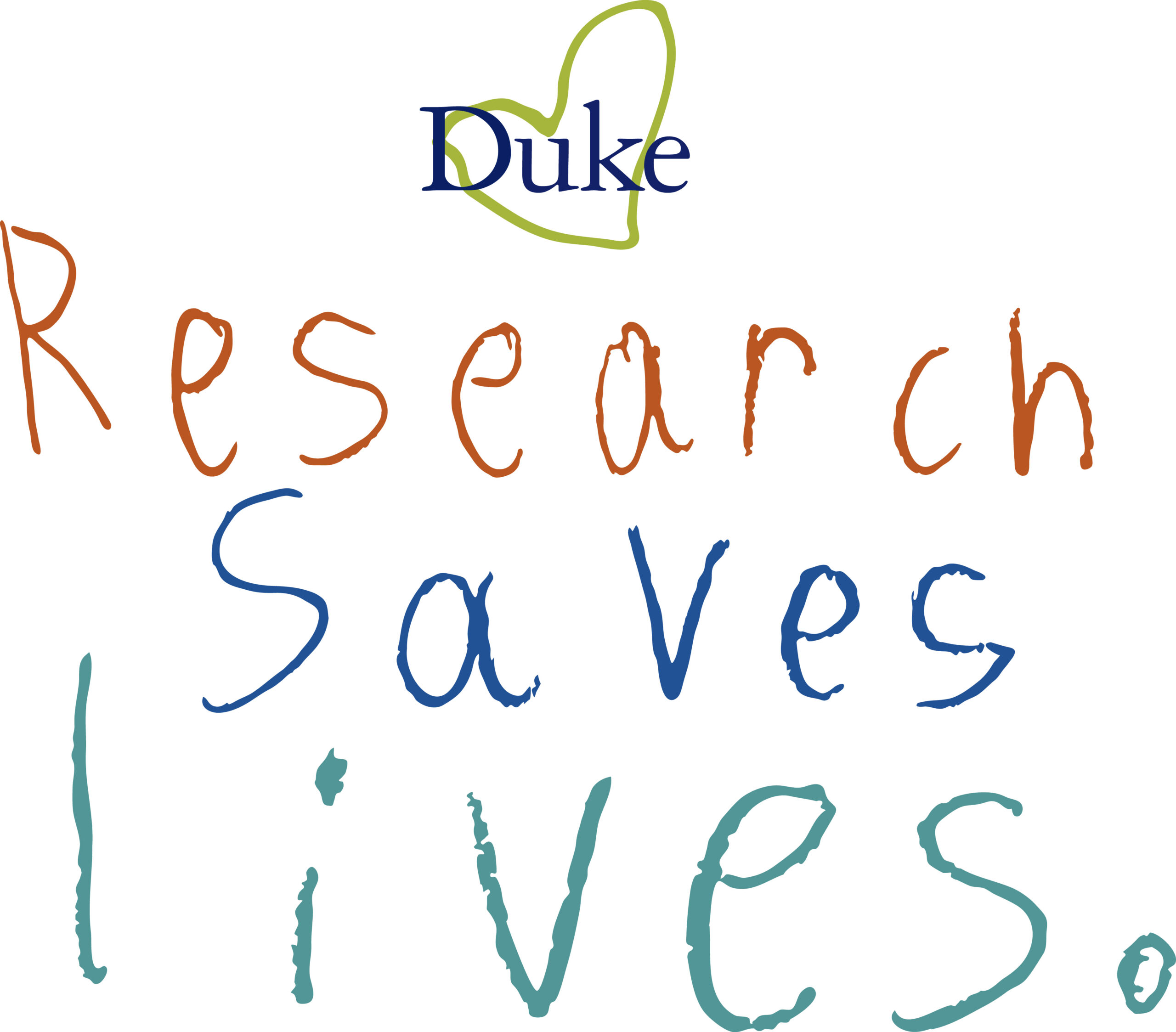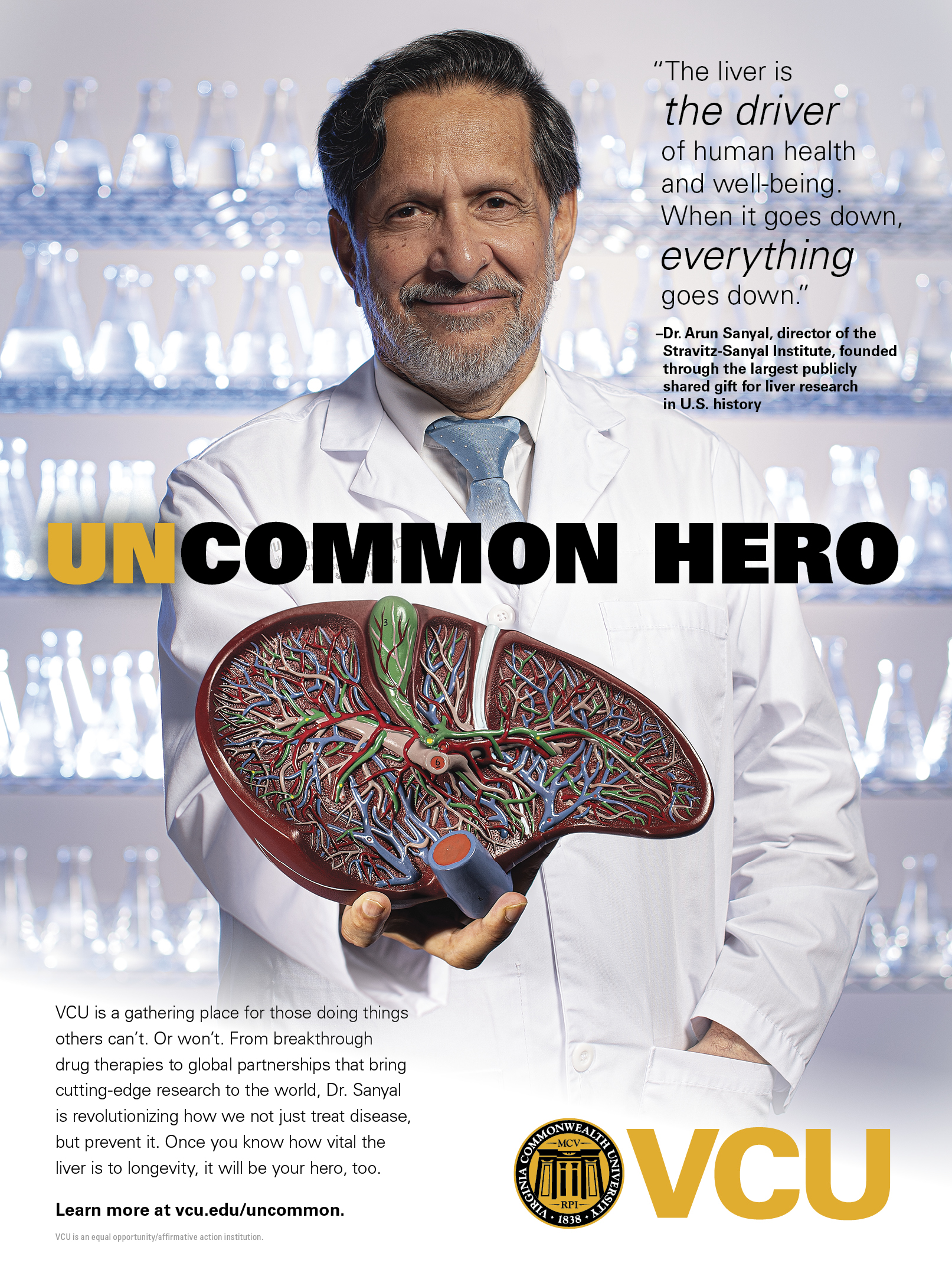
Opinions expressed in AGB blogs are those of the authors and not necessarily those of the institutions that employ them or of AGB.
There is one communications philosophy I have learned over the years that stands above all others: We like our story best when we tell it ourselves.
Allowing others to take the lead in storytelling rarely works to our advantage. Communications about our academic research are a perfect example.
Research is one of higher education’s most enduring contributions to U.S. success. Our research drives innovation, cures disease, powers local economies, and improves lives.
Unfortunately, as we are hearing regularly, some stakeholders fail to appreciate the extent to which our colleges’ and universities’ research benefits society. Combined with other factors, this means some research institutions are losing funding, talent, and public trust.
One part of the solution: Governing boards and executive leaders of institutions with research missions must make research a central part of their story, and insist that story be told clearly, consistently, and compellingly.
“The public, who are the stakeholders we serve, often doesn’t know the important work that is coming out of institutions where the research that our people do is actually making a difference in their lives,” Srirama Rao, Virginia Commonwealth University’s (VCU’s) vice president for research and innovation, told me. “I think now, more than ever before, we need to do a really good job of telling why what we do matters.”1
Boards, This Is Your Moment
Here is the truth: You do not have to be an academic expert to lead the discussion of why our research matters.
Governing boards are uniquely positioned to champion this work. Not just by approving budgets, but by actively shaping narratives, aligning priorities, opening doors, and amplifying the message.
Here’s how:
- Insist that marketing and communications leaders be in the boardroom. Too often, boards overlook the strategic value of their institution’s communications professionals, engaging them only when a crisis hits. But storytelling is not reactive; it is foundational. Ask yourself: Do we know what story we are telling … and who is helping us tell it? Including your chief marketing and communications officer in strategic conversations ensures that your institution’s brand, research, and mission are aligned and resilient. How this looks might be unique to your institution, but regularly seeking input from these professionals pays dividends.
- Ensure that you tell a story that goes beyond rankings and funding, and ask questions. From fueling regional economic development to boosting student success and attracting outstanding faculty members, research drives your institution’s impact at every level. But the value of research goes far deeper than grants, jobs, or rankings. It is about extending lives, curing disease, advancing society, and solving complex problems. Make sure your institution’s narrative is not limited to dollars and data—it must make emotional connections. Ask your marketing professionals about your communications strategy and ask to see examples of how you are communicating the positive impacts that your research mission has on students, faculty, staff, and the public. When the public sees the human impact of research, support follows.
- Use your networks. Board members often have access to business, government, community, and philanthropic leaders. Help connect the dots between your institution’s discoveries and the people who can help grow them. Whether at a town hall or a dinner party, your voice matters, but it is critical that all board members understand the institution’s mission and speak with one voice. “Board members have enormous leadership and relationship capacity in places faculty don’t,” said VCU’s Rao. “If they can communicate the value, importance, the transformational work, and the impact of what we are doing, that’s profound.”2
Great Examples Abound
Institutions looking for new approaches to research communications can be inspired by the work of peers across the country.
Duke University’s goal is to make the impact of its research personal.
“The good that we provide to America is in our research functionality, what we are doing to better health, to better technology, and to better life experiences,” Frank Tramble, Duke’s vice president for communications, marketing, and public affairs, told me. “Our ‘Research Saves Lives’ campaign focuses on what is affecting those ‘dinner table’ issues, making sure that people, especially in North Carolina for us, can see the benefit of what research does and how it can affect them.”3
All the stories in the “Research Saves Lives” campaign focus on people. One story (and video) features a patient diagnosed with prostate cancer in 2011. Thanks to clinical trials at the Duke Cancer Institute, he is healthier today than before he was diagnosed.
“Our research is here to save lives,” Tramble said. “That’s a real statement.”4

Duke “Research Saves Lives”
Credit: Duke University
At VCU, our “Uncommon Heroes” campaign puts faculty faces to our research breakthroughs. For instance, Arun Sanyal is dedicated to eradicating liver disease, thanks in part to a record $104 million gift. Michelle Peace, a forensic toxicologist, is protecting our health by unearthing what’s truly inside the unregulated products that are billed as alternatives to smoking.

VCU’s “Uncommon Heroes”
Credit: Virginia Commonwealth University
These are not abstract achievements. They are real people doing work that matters. The goal with “Uncommon Heroes” is to personalize research, both in showing the faculty experts making it happen and the impact their research has. We do so through attention-grabbing photography and video storytelling, meeting our audiences where they are.
Said VCU’s Rao: “People don’t always realize that the research our faculty do is making a difference in their lives. If we don’t tell the value proposition, especially when people are questioning the value of higher ed, it’s a lost opportunity.” This is particularly important, he added, “because the funds that come into our labs and all the innovations that we’re making, it’s because of taxpayer dollars. So, it is incumbent on us to tell our story.”5
There are many more examples across the nation that combine emotion, impact, and relevance.
And there’s a bonus: Good storytelling about our research does not just build public trust. It also builds internal alignment.
“These kinds of campaigns help decentralized institutions speak with one voice,” Duke’s Tramble said. “We’ve seen tighter collaboration across our health system, school of medicine, and central communications, all because we created shared language and shared priorities.”6
In short: Compelling research storytelling strengthens your message and your institution.
The Bottom Line
The public’s trust in higher education is fragile. If we want to strengthen it, we need to show people why our work matters to them.
Telling better stories is part of the solution. The need for clarity, consistency, and courage in how we talk about research has never been greater.
That starts with boards making research communications a leadership priority. Boards do not need to be academic experts to support and convey the benefits of research. They need to be stewards of strategy—asking the right questions, setting the right tone, and championing the institution’s public mission.
We like our story best when we tell it ourselves. And when we tell it well, the public listens.
Grant J. Heston is vice president for enterprise marketing and communications at Virginia Commonwealth University and its health system, VCU Health. The American Marketing Association named Heston the national “Higher Ed Marketer of the Year” for 2024-25.
1. Srirama Rao, PhD, personal interview with author, July 2, 2025.
2. Srirama Rao, PhD, personal interview with author, July 2, 2025.
3. Frank Tramble, personal interview with author, July 18, 2025.
4. Frank Tramble, personal interview with author, July 18, 2025.
5. Srirama Rao, PhD, personal interview with author, July 2, 2025.
6. Frank Tramble, personal interview with author, July 18, 2025.
RELATED RESOURCES

Trusteeship Magazine Article
Unafraid to Tell Our Story

Trusteeship Magazine Article
The Role of the Board in Reducing Reputational Risk

Reports and Statements
The Business of Higher Education



